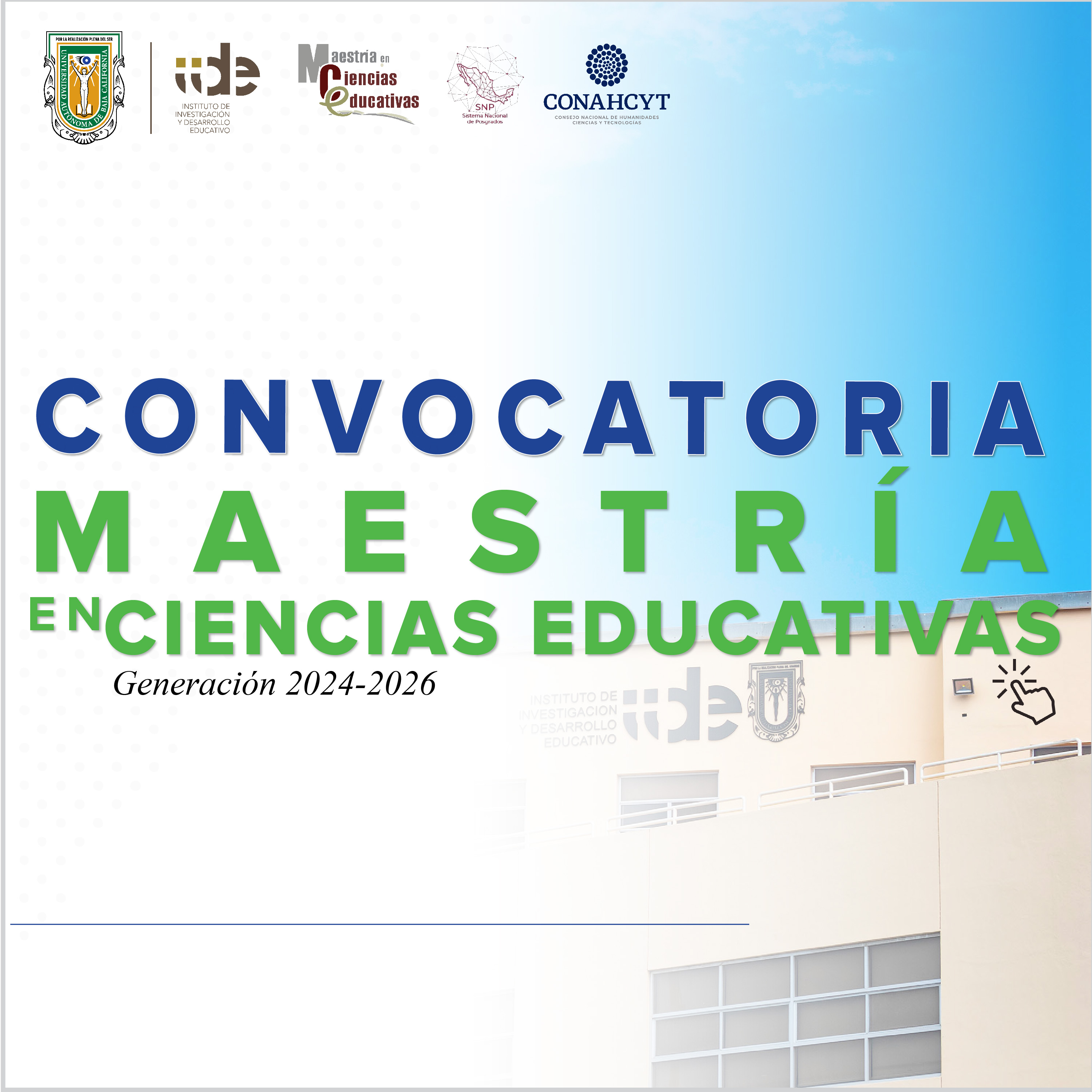TIMSS 2011: Relationship between self-confidence and cognitive achievement for Serbia and Slovenia
Palabras clave:
student achievement, fourth grade, TIMSS, self-confidence, science likingAgencias de apoyo:
The research reported in this article was financially supported by Serbian Ministry of Education and Science under project No 179020 (Conceptions and strategies that provide the quality of basic education)Resumen
By using TIMSS Grade 4 2011 science data for Serbia and Slovenia, this study examined which of two dimensions towards science learning (self-confidence in learning science, or liking learning science), if any, was primarily related to students' cognitive achievement in science. This achievement was considered for three cognitive domains, namely: Knowing, Applying, and Reasoning. The analysis revealed that, in both countries, achievement was mainly linked to self-confidence in each of the three cognitive domains. Because of positive correlations, classroom work may be improved by including, whenever possible, activities aimed at strengthening students' beliefs in their own abilities to learn science.Descargas
Los datos de descargas todavía no están disponibles.
Referencias
Gutvajn, N., Džinović, V., & Pavlović, J. (2011). From knowing facts to knowledge in application: Cognitive domains in natural sciences (in Serbian). In Gašić-Pavišić, S., & Stanković, D. (Eds.), TIMSS 2007 in Serbia (pp. 211–225). Belgrade: Institute for Educational Research.
Kadijevich, Dj. (2008). TIMSS 2003: Relating dimensions of mathematics attitude to mathematics achievement. Zbornik instituta za pedagoška istraživanja, 40(2), 327-346. Retrieved from www.doiserbia.nb.rs/img/doi/0579-6431/2008/0579-64310802327K.pdf
Martin, M.O., Mullis, I.V.S., & Foy, P. (with Olson, J.F., Preuschoff, C., Erberber, E., Arora, A., & Galia, J.). (2008). TIMSS 2007 international science report: Findings from IEA’s trends in international mathematics and science study at the fourth and eighth grades. Chestnut Hill, MA: TIMSS & PIRLS International Study Center, Boston College. Retrieved from http://timssandpirls.bc.edu/TIMSS2007/sciencereport.html
Martin, M.O., Mullis, I.V.S., Foy, P., & Stanco, G.M. (2012). The TIMSS 2011 international results in science. Chestnut Hill, MA: TIMSS & PIRLS International Study Center, Boston College. Retrieved from http://timssandpirls.bc.edu/timss2011/internationalresults-science.html
Mullis, I.V.S., Martin, M.O., Foy, P., & Arora, A. (2012). The TIMSS 2011 international results in mathematics. Chestnut Hill, MA: TIMSS & PIRLS International Study Center, Boston College. Retrieved from http://timssandpirls.bc.edu/timss2011/international-resultsmathematics.html
Mujtaba, T., Reiss, M. J., Hodgson, A. (2014). Motivating and supporting young people to study mathematics: A London perspective. London Review of Education, 12(1), 121-142. Retrieved from http://eprints.ioe.ac.uk/18489/1/Mujtaba_et_al_2014_LRE_Motivating_ mathematics.pdf
Nixon, R. S., Barth, K. N. (2014). A comparison of TIMSS items using cognitive domains. School Science & Mathematics, 114(2), 65-75.
Kadijevich, Dj. (2008). TIMSS 2003: Relating dimensions of mathematics attitude to mathematics achievement. Zbornik instituta za pedagoška istraživanja, 40(2), 327-346. Retrieved from www.doiserbia.nb.rs/img/doi/0579-6431/2008/0579-64310802327K.pdf
Martin, M.O., Mullis, I.V.S., & Foy, P. (with Olson, J.F., Preuschoff, C., Erberber, E., Arora, A., & Galia, J.). (2008). TIMSS 2007 international science report: Findings from IEA’s trends in international mathematics and science study at the fourth and eighth grades. Chestnut Hill, MA: TIMSS & PIRLS International Study Center, Boston College. Retrieved from http://timssandpirls.bc.edu/TIMSS2007/sciencereport.html
Martin, M.O., Mullis, I.V.S., Foy, P., & Stanco, G.M. (2012). The TIMSS 2011 international results in science. Chestnut Hill, MA: TIMSS & PIRLS International Study Center, Boston College. Retrieved from http://timssandpirls.bc.edu/timss2011/internationalresults-science.html
Mullis, I.V.S., Martin, M.O., Foy, P., & Arora, A. (2012). The TIMSS 2011 international results in mathematics. Chestnut Hill, MA: TIMSS & PIRLS International Study Center, Boston College. Retrieved from http://timssandpirls.bc.edu/timss2011/international-resultsmathematics.html
Mujtaba, T., Reiss, M. J., Hodgson, A. (2014). Motivating and supporting young people to study mathematics: A London perspective. London Review of Education, 12(1), 121-142. Retrieved from http://eprints.ioe.ac.uk/18489/1/Mujtaba_et_al_2014_LRE_Motivating_ mathematics.pdf
Nixon, R. S., Barth, K. N. (2014). A comparison of TIMSS items using cognitive domains. School Science & Mathematics, 114(2), 65-75.
Descargas
-
HTML
-
PDFINGLÉS 232
Visitas a la página del resumen del artículo: 1260
Publicado
2015-08-31






